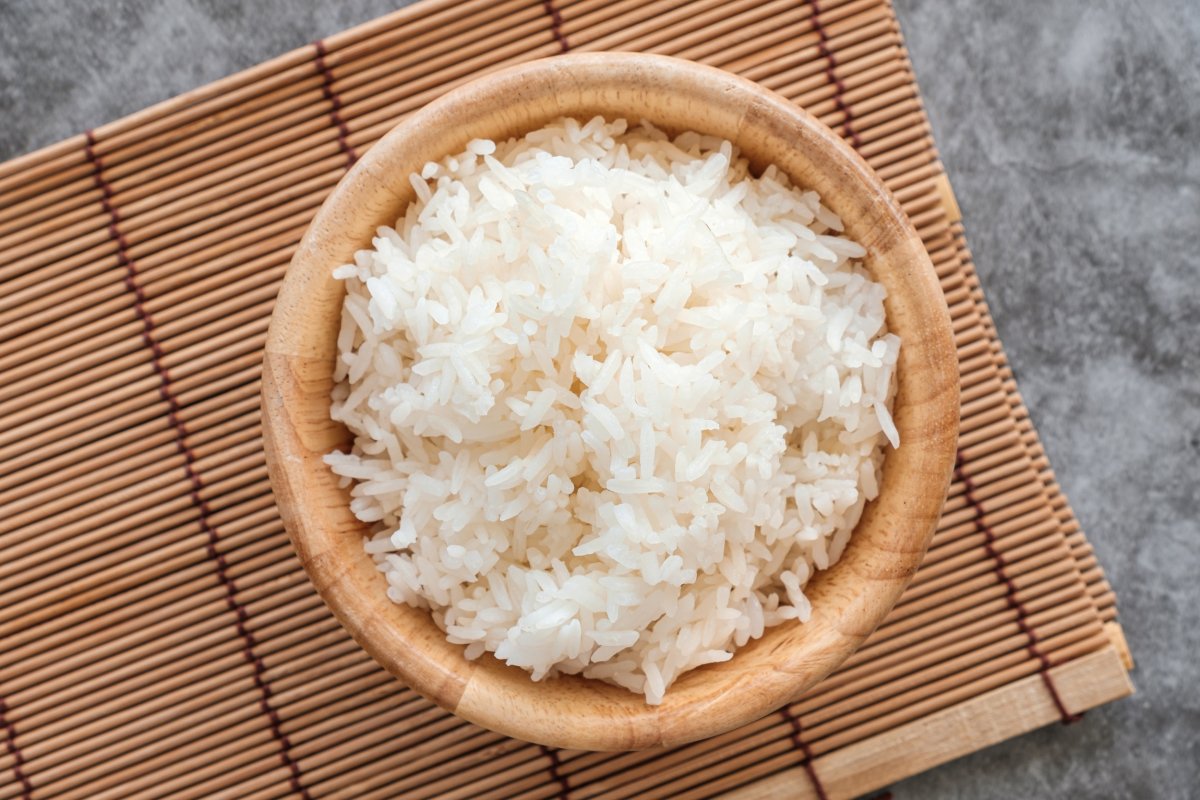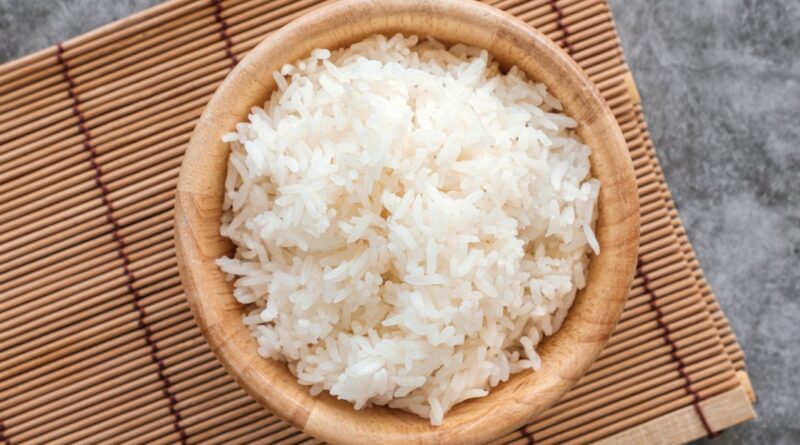Super rice is just around the corner as scientists find a way to boost nutritional power
A healthier version of rice may soon be on the market, with more protein and less impact on blood sugar levels, according to a recent study.
An international team of researchers has found a way to genetically modify rice to have high protein and a low glycemic index (GI).
Foods with a high GI have a stronger effect on blood sugar when they enter the body and are associated with conditions related to poor blood sugar control, such as insulin resistance, prediabetes, type 2 diabetes. 2 diabetes and obesity.
Examples of high GI foods include cookies, cakes, white bread, donuts—anything high in sugar or carbohydrates, and low in protein and fiber. Rice is a food with a high GI because it is high in starchy carbohydrates and low in fiber and protein, especially when eaten in a polished or refined form, as white rice instead and grain.

Golfcuk/Getty Images
But scientists at the International Rice Research Institute (IRRI) have discovered a way to boost the protein, and lower the GI, of rice.
The team used artificial intelligence to identify the genes responsible for protein and GI, and found that breeding two varieties of rice led to a variety with a GI of less than 45 percent – which they chose it as “ultra-low” and high in protein. about 16 percent, more than five times the amount of protein in regular white rice.
“Together, these findings highlight the potential and benefits of low GI and high protein rice to provide an abundant source of protein and essential amino acids such as lysine for consumers, particularly in areas where rice is which is the staple food,” Nese Sreenivasulu, a. scientist at the IRR, said in a statement.
Amino acids are the building blocks of protein. There are nine essential amino acids, listed as such because the body cannot produce these on its own, so we need to consume them in our diet.
Lysine is an essential amino acid and was targeted by scientists in this study to increase rice protein.
In the paper, the scientists wrote that their research could help to deal with the prevalence of diabetes, and the need to eat enough protein, for hundreds of millions of people around the world.
Worldwide, about 537 million adults have diabetes, they wrote, and 90 to 95 percent of those people have type 2 diabetes, which is related to dietary and lifestyle habits, such as eating foods with a high GI.
Asia has 60 percent of the world’s diabetic population and is the continent where 90 percent of white rice is produced and consumed, according to the paper.
“Considering that rice is the staple food for a large part of the world’s population, it is important to use high-yielding rice varieties with rice samples that have high protein quality and index low glycemic index to address three nutritional problems among low- and middle-income populations,” Gurdev S. Khush, an author of the paper, said in a statement.
In a statement, IRRI Director General Yvonne Pinto said: “With its very low GI and higher protein content than traditional rice varieties, these highly nutritious rice varieties will pave the way to address key provisions of food and nutrition security.”
The research team now hopes that the genes they identified will be incorporated into future rice breeding programs to improve popular varieties grown throughout Asia and Africa.
This research was carried out by IRRI in Los Baños, Philippines, in collaboration with the University of California, Davis, United States of America, the Max Planck Institute of Molecular Plant Physiology in Germany, and the Center of Plant Systems Biology in Bulgaria.
Do you have advice about the food story that Newsweek should cover? Do you have a nutritional problem? Let us know at science@newsweek.com. We can ask experts for advice, and your story can be featured Newsweek.
Reference
Badoni, S., Pasion-Uy, EA, Kor, S., Kim, S.-R., Tiozon, RN, Misra, G., Buenafe, RJQ, Labarga, LM, Ramos-Castrosanto, AR, Pratap, V ., Slamet-Loedin, I., Steimker, J. von, Alseekh, S., Fernie, AR, Kohli, A., Khush, GS, & Sreenivasulu, N. (2024). Quantitative multiomics of rice identifies genes and genomic regions that confer low glycemic index and high protein. Bulletin of the National Academy of Sciences, 121(36). https://doi.org/10.1073/pnas.2410598121
#Super #rice #corner #scientists #find #boost #nutritional #power
